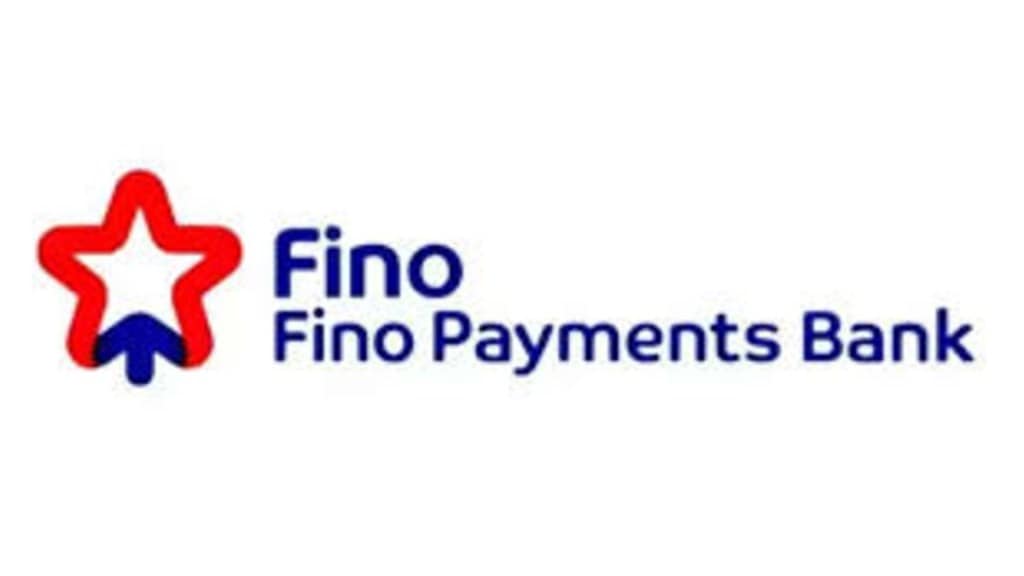By Mahesh Nayak
With over 1.4 crore customers and a merchant network spanning 95% of India’s districts, Fino Payments Bank (Fino Bank) is hoping it will receive a licence for a small finance bank (SFB) that will allow it to lend. MD & CEO, Rishi Gupta, acknowledges that surviving as a payments bank is becoming increasingly difficult.
Fino Bank’s customers, particularly merchants and rural users, are actively seeking credit but it is not authorized to lend. That is capping growth and profitability. “We source Rs 75-100 crore of references every month for sourcing purposes,” adds Gupta.
While account penetration has improved thanks to PMJDY and Aadhaar, and digital adoption is on the rise, dormant accounts, limited credit access, and trust and tech barriers persist.
Fino Bank
Fino Bank’s journey mirrors these challenges, with its merchant-led model bringing banking to remote areas but struggling to engage users beyond basic transactions. “Real challenge is to bring customers to the bank and transact, as well as to provide credit,” says Gupta.
The business model of a payments bank, particularly in rural areas, also faces significant challenges due to low margins. “While larger public sector banks may absorb losses, commercial entities like ours need to focus on profitability, and with most transactions valued at Rs 1000 or below, finding a viable business model is crucial for sustainability,” states Gupta, further adding, “Building savings habits will require targeted efforts, particularly in rural areas. Savings isn’t a natural habit for rural customers, and with a limited disposable income of Rs 200-500 per month, expecting high savings deposits can be difficult.” Currently, the average balance in Fino Bank’s savings accounts is Rs 1,500, which is lower than the average Rs 4,000-5,000 seen in PMJDY accounts.
Fino Bank has made progress in building banking habits, with 37% YoY growth in CASA balances and 49% of transactions being digital. However, credit access remains a challenge as a payments bank. Fino Bank cannot lend and must park 75% of deposits in government securities, limiting income to fee-based services and treasury margins. This constrained revenue model is increasingly under pressure, especially with the rise of UPI and digital payments.
With the majority of transactions now digital and UPI adoption rising among its base, the bank is well-positioned to offer digital credit products. However, regulatory constraints prevent it from capitalising on this shift. With the licence, Fino Bank can offer secured loan products, especially for merchants and MSMEs, expand its CASA base, and offer fixed deposits.


